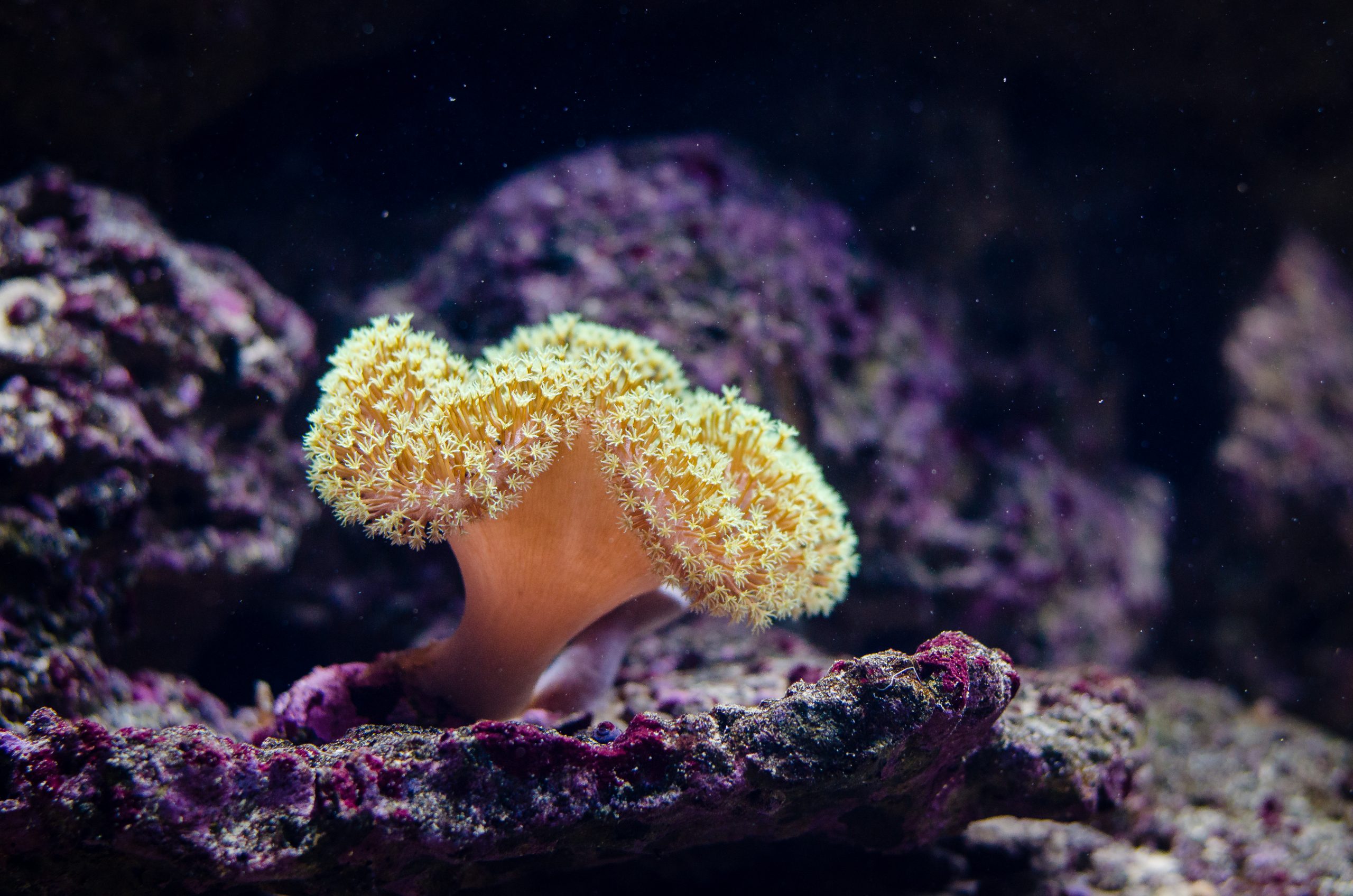Multispecies Studies (edited collection)
This week our new special issue on “Multispecies Studies” appeared in Environmental Humanities. The issue was co-edited by six of us: Thom van Dooren, Ursula Münster, Eben Kirksey, Deborah Bird Rose, Matthew Chrulew and Anna Tsing. The full table of contents is below.
 You can access the issue online here: http://environmentalhumanities.dukejournals.org/content/8/1
You can access the issue online here: http://environmentalhumanities.dukejournals.org/content/8/1
I also co-authored two of the papers in the issue. The first is an introduction to the field and the special issue, “Multispecies Studies: Cultivating Arts of Attentiveness,” with Eben Kirksey and Ursula Münster.
Scholars in the humanities and social sciences are experimenting with novel ways of engaging with worlds around us. Passionate immersion in the lives of fungi, microorganisms, animals, and plants is opening up new understandings, relationships, and accountabilities. This introduction to the special issue offers an overview of the emerging field of multispecies studies. Unsettling given notions of species, it explores a broad terrain of possible modes of classifying, categorizing, and paying attention to the diverse ways of life that constitute worlds. From detailed attention to particular entities, a multiplicity of possible connection and understanding opens up: species are always multiple, multiplying their forms and associations. It is this coming together of questions of kinds and their multiplicities that characterizes multispecies studies. A range of approaches to knowing and understanding others—modes of immersion—ground and guide this research: engagements and collaborations with scientists, farmers, hunters, indigenous peoples, activists, and artists are catalyzing new forms of ethnographic and ethological inquiry. This article also explores the broader theoretical context of multispecies studies, asking what is at stake—epistemologically, politically, ethically—in learning to be attentive to diverse ways of life. Are all lively entities biological, or might a tornado, a stone, or a volcano be amenable to similar forms of immersion? What does it mean to live with others in entangled worlds of contingency and uncertainty? More fundamentally, how can we do the work of inhabiting and coconstituting worlds well? In taking up these questions, this article explores the cultivation of “arts of attentiveness”: modes of both paying attention to others and crafting meaningful response.
The second is titled “Lively Ethography: Storying Animist Worlds,” co-authored with Deborah Bird Rose.
This article is an effort to dwell with the kinds of writing and thinking practices that we have been developing in our research, especially over the past seven years. This is an approach grounded in an attentiveness to the evolving ways of life (or ēthea; singular:ethos) of diverse forms of human and nonhuman life and in an effort to explore and perhaps restory the relationships that constitute and nourish them. Our aim is to develop “lively ethographies”: a mode of knowing, engaging, and storytelling that recognizes the meaningful lives of others and that, in so doing, enlivens our capacity to respond to them by singing up their character or ethos. Most of our work in this area has focused on extinction, but this approach might readily be taken up in a range of other contexts. This article alternates between two types of writing. One is expository and lays out an analysis of ethos, liveliness, storytelling, “response-ability,” and becoming witness. The second is performative, offering short ethographic vignettes that enact some of the qualities and approaches we have discussed. Here each of these vignettes is taken from our recent work in Hawai‘i, a deeply generative and often fraught field site that has inspired much of our thinking.
Full table of contents for the issue.
Introduction
Multispecies Studies: Cultivating Arts of Attentiveness
Thom van Dooren, Eben Kirksey, and Ursula Münster
Cosmoecological Sheep and the Arts of Living on a Damaged Planet
Vinciane Despret and Michel Meuret
The Xenopus Pregnancy Test: A Performative Experiment
Eben Kirksey, Dehlia Hannah, Charlie Lotterman, and Lisa Jean Moore
Gut Buddies: Multispecies Studies and the Microbiome
Jamie Lorimer
Lively Ethography: Storying Animist Worlds
Thom van Dooren and Deborah Bird Rose
About a Stone: Some Notes on Geologic Conviviality
Hugo Reinert
The Viral Creep: Elephants and Herpes in Times of Extinction
Celia Lowe and Ursula Münster
Landscape and Inscription
Cary Wolfe and Maria Whiteman
Coral header image is public domain. Photo by Mathias Appel.
